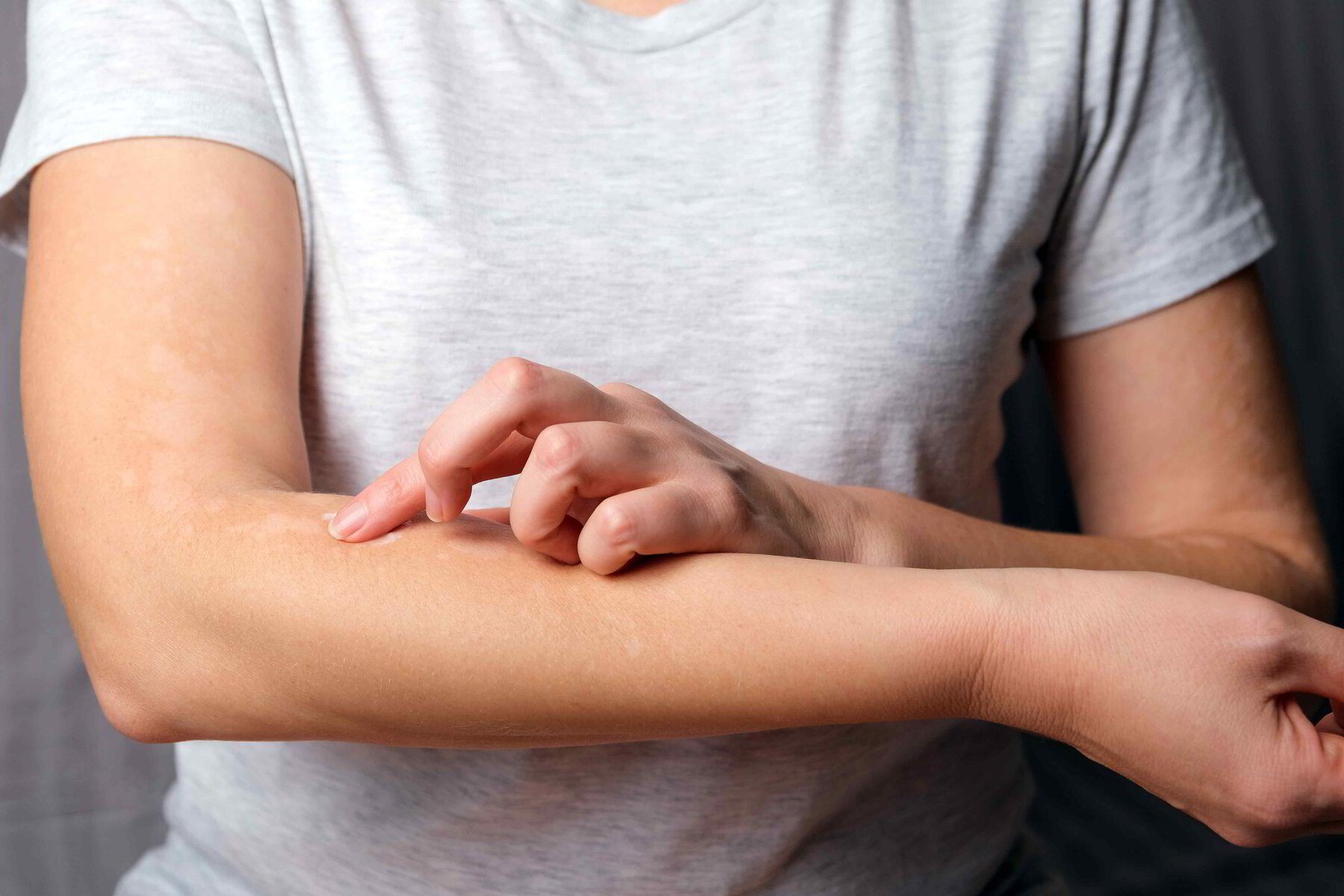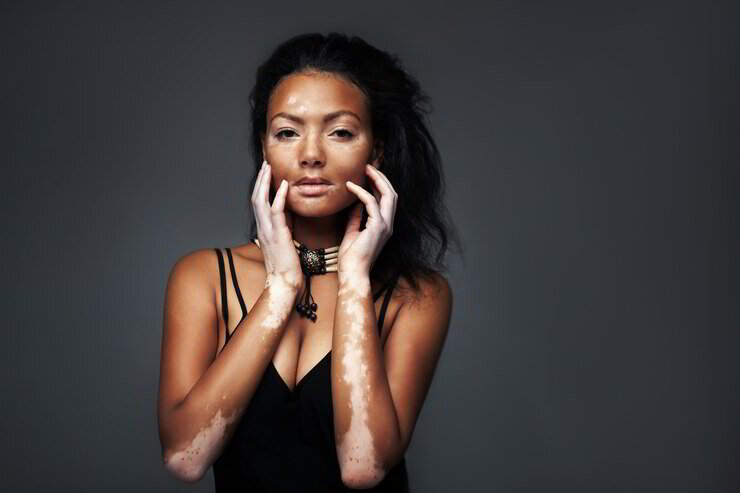
Table Of Content
-
Types Of Vitiligo
-
The Symptoms Of This Disorder
-
What Causes Vitiligo?
-
What Steps Can A Person Take To Treat Vitiligo?
-
Conclusion
Types Of Vitiligo
There are 2 main types of vitiligo:Segmental – In this type, the discolored patches appear on the one side of the body rather than affecting both sides, it usually involves a single sidearm or leg. Hair color loss is prevalent. This type of vitiligo starts at an early age and gets spread quickly in 6 months before slowing down to proceed. It may reoccur later but only 5 to 16 percent of the vitiligo population experience the segmental type.
Non-segmental – That is the most prevalent form of vitiligo, as it occurs on both sides of the body. The initial symptoms might appear on the hands, wrist, near the eyes, the mouth area, or person’s feet. It is also known as generalized vitiligo. This type is divided into further categories, Acro facial vitiligo affects the facial area, hands, and the feet; Mucosal vitiligo affects the area where there is mucous i.e., nose, mouth lining, ears, and genital parts; Localized or focal affects some parts of the body while the Universal vitiligo covers the 80 to 90 percent area of the body with discolored patches.

The Symptoms Of This Disorder
A person with vitiligo will initially notice the white spots on any part of their body that will start progressing with time. These patches are the area with no or little melatonin, these ‘depigmented’ spots might first appear on the exposed part of the body but they can spread on the covered areas. Hair turning abnormally grey or white can also be a sign of vitiligo, eyelashes, and eyebrows also lose their color. The severe symptoms of vitiligo can also lead to hearing or vision problems.Also Read : Top 5 Body Shaping Treatments That Really Works

What Causes Vitiligo?
As it is an autoimmune disease, the body’s defense system attacks the pigment-producing chemical for skin, melatonin, it starts by destroying the cells melanocytes which results in loss of skin color and the appearance of white patches on the person’s body. People with darker skin tones might find it more obvious and noticeable. Other causes are the genetic history of vitiligo, sun exposure, or intake of any substance that is toxic for melanocytes.Also Read : Top 5 Body Shaping Treatments That Really Works

What Steps Can A Person Take To Treat Vitiligo?
There is no permanent cure to treat this skin condition by using medications but it can be covered in several ways. A lot of makeup brands have launched products to hide the skin patches, which can be used temporarily. Another effective treatment is light therapy which can prove to be very effective for small pigment-less patches on hands, arms, legs, and feet. Vitiligo Surgery
is another option in which skin grafts are taken from other areas of the body and used to cover the exposed parts with prominent patches.Also Read : Top 5 Body Shaping Treatments That Really Works

Conclusion
In my opinion, if the world will change its perspective about how such disorders are out of a person’s control and see them as normal beings by eliminating the aesthetic demands of the society, it will make people with such skin conditions or any other disorder feel comfortable and confident in the environment. If you’re suffering from vitiligo then consult with a Dermatologist for better treatment.
CONSULT DEMAMIRACLE
What Is Vitiligo? Symptoms, Causes, Diagnosis, Treatment, And Prevention
ACT BEFORE IT’S TOO LATE

FREE CONSULTATION AVAILABLE
Contact Us
